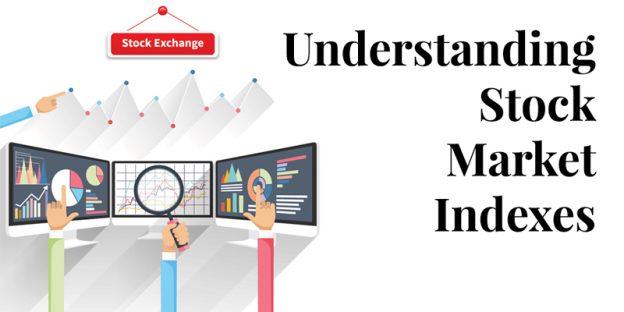No doubt you’ve seen headlines reporting that a particular stock index is up or down. But do you know what an index is, and how understanding the nuts and bolts of a specific index may be helpful to you?

An index is simply a way to measure and report the fluctuations of a pool of securities or a representative segment of a market. An index is developed by a company that sets specific criteria to determine which securities are included in the index based on factors such as a company’s size or location, or the liquidity of its stock. For example, the S&P 500 is an index made up of mostly large-cap U.S.-based companies that Standard & Poor’s considers to be leading representatives of a cross-section of industries.
The company that develops the index tracks the performance of its components and aggregates the data to produce a single figure that represents the index as a whole. Virtually every asset class is tracked by at least one index, but because of the size and variety of the stock market, there are more stock indexes than any other type. It’s important to note that the performance of an unmanaged index is not indicative of the performance of any specific security. Individuals cannot invest directly in an index.
Comparing apples to oranges
Since indexes encompass a wide range of securities, it’s important to know what segment of the market a particular index covers. For instance, a composite index follows a specific stock exchange. The Nasdaq Composite Index includes all the stocks listed on the Nasdaq market. Conversely, sector indexes track securities in a specific industry.
Even indexes that include the same securities may not operate in precisely the same way. Generally, indexes tend to be either price-weighted or market capitalization-weighted. If an index is price-weighted, such as the Dow Jones Industrial Average, the impact of each stock on the overall average is proportional to its price compared to other stocks in the index. With a price-weighted index, the highest-priced stocks would have the most impact on the average. For example, a 1 percentage point drop in the price of a stock selling for $80 per share would have more impact on the overall index’s performance than a 1 percentage point drop in the price of a stock that had been selling for $40 a share.
If an index is market capitalization-weighted or market value-weighted, such as the Nasdaq Composite Index or the S&P 500 Composite Index, the average of the index is adjusted to take into account the relative size of each company (its market cap) to reflect its importance to the index. Stocks with a larger market capitalization have a greater influence on how the index performs than stocks with a smaller market capitalization. For example, if the stock of a $10 billion market-cap company drops by 1 percentage point, it will drag down the index’s performance more than a 1 percentage point drop in the share price of a $1 billion market-cap company.
Though an index adheres to a set of guidelines for selection of the securities it includes, the company that oversees the index generally reviews the security selection periodically and may make occasional changes. For example, some indexes may rebalance if an individual security grows so large that it dominates the index. Others have a limit on how much of the index can be devoted to a particular sector or industry, and may rebalance if the proportion gets skewed.
Indexes are worth watching
Stock indexes can provide valuable information for the individual investor. If checked regularly, an index can provide information that may help you stay abreast of how the stock market in general, or a particular segment of it, is faring. However, understanding the differences between indexes and how each one works will help you make better use of the information they provide. All investing involves risk, including the possible loss of principal, and there is no guarantee that any investment strategy will be successful.
Important Disclosure

